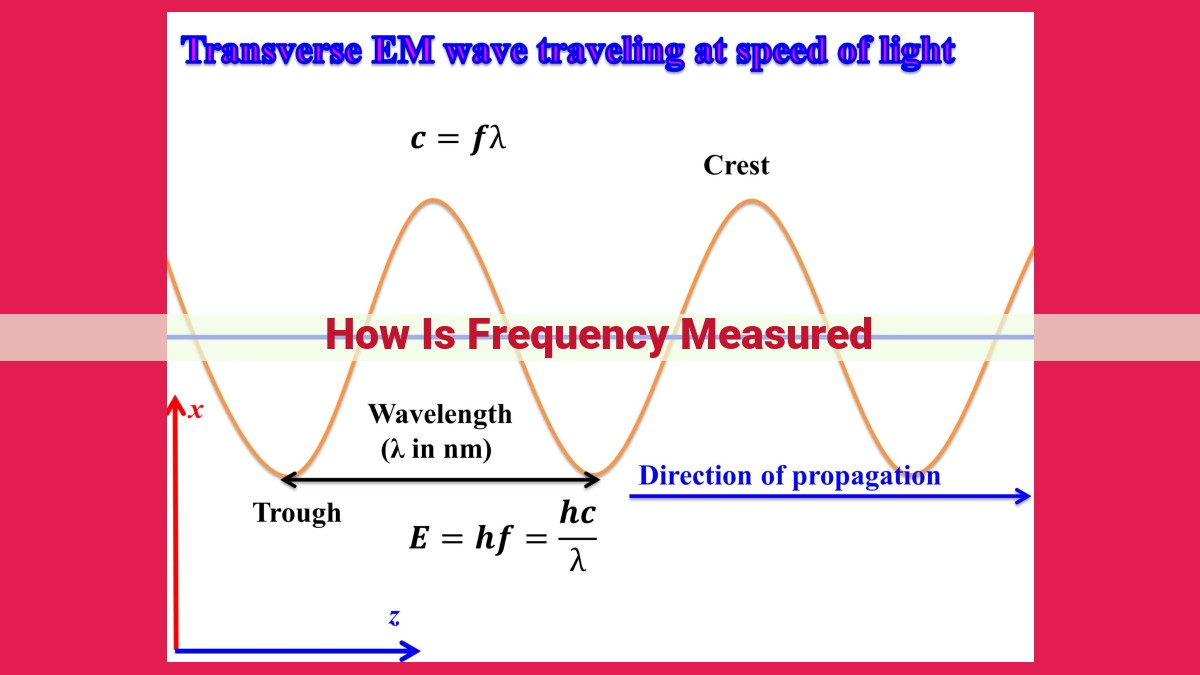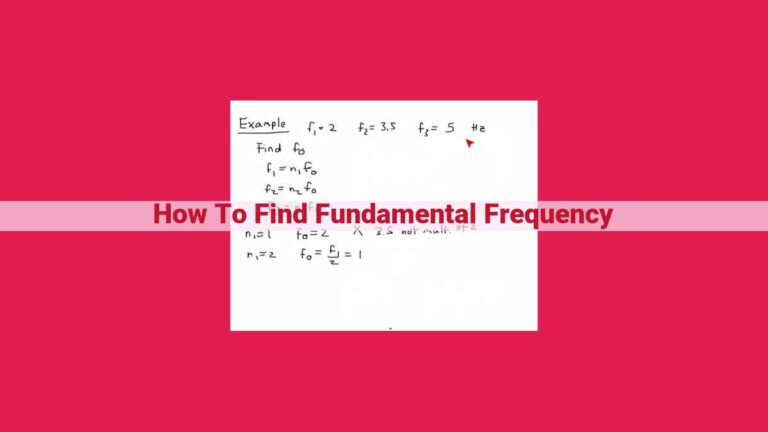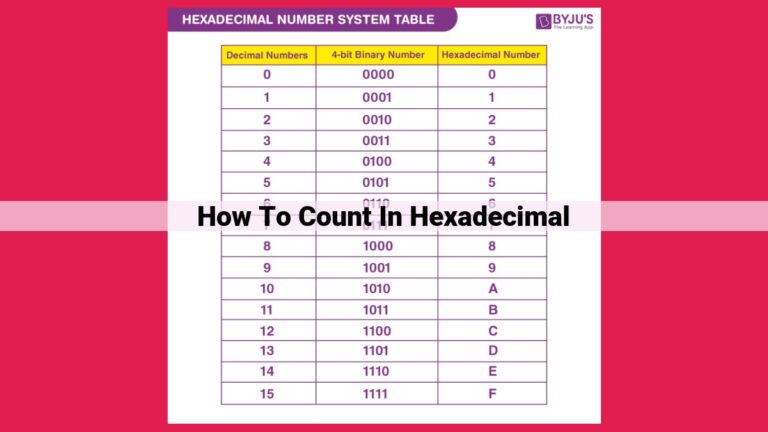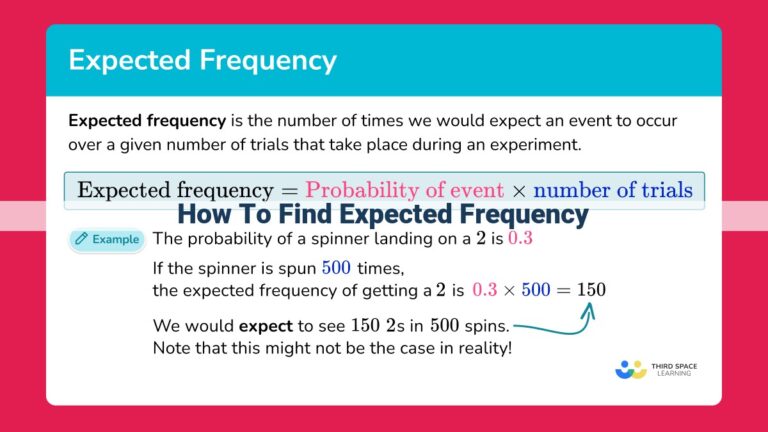Mastering Frequency Measurement: Techniques, Units, And Applications

Frequency measures wave cycles per unit time and is expressed in Hertz (Hz), where 1 Hz equals one cycle per second. Measuring frequency involves using various techniques such as frequency counters, digital oscilloscopes, and spectrometers. Frequency counters directly count cycles, while oscilloscopes estimate frequency from waveforms. Spectrometers analyze radiation to determine the frequency of spectral lines.
Understanding Frequency: A Beginner’s Guide
In the realm of waves, whether it be ripples in the water or electromagnetic signals, a fundamental quantity that governs their behavior is frequency. It measures the number of wave cycles that occur within a given time. Think of a swinging pendulum: its frequency is determined by how many times it completes a full swing back and forth in one second.
Closely related to frequency are two other key concepts: period and wavelength. Period, measured in seconds, represents the time it takes for a single wave cycle to complete. Wavelength, on the other hand, refers to the distance traveled by a wave before it repeats its pattern. These three quantities—frequency, period, and wavelength—are intricately interconnected, allowing us to fully describe the movement of waves.
Hertz (Hz): The Unit of Frequency
- Define the Hertz (Hz) as the unit of frequency, representing one cycle per second.
- Discuss how frequency is measured in Hz and its inverse relationship with period.
Hertz (Hz): The Unit of Frequency
In the realm of waves, understanding their frequency is paramount. Frequency measures how often a wave oscillates, or moves up and down, within a certain amount of time. It’s like the “beat” of a wave, pulsating with regularity. The unit used to measure frequency is the Hertz (Hz), named after the renowned physicist Heinrich Hertz.
One Hertz, One Cycle per Second
Imagine a metronome ticking away, marking the passage of time with a steady, rhythmic beat. Each tick-tock represents one complete cycle of the metronome’s oscillation. Similarly, one Hertz signifies one cycle per second. In essence, it’s a measure of how rapidly a wave completes its journey from peak to trough and back again.
The Inverse Relationship with Period
Every wave has a period, which refers to the time it takes to complete one full cycle. It’s the inverse of frequency, meaning that as frequency increases, period decreases, and vice versa. This interplay between frequency and period allows us to understand how quickly or slowly a wave is oscillating.
Measuring Frequency: Techniques for Quantifying Wave Cycles
Understanding frequency is crucial in various fields, including engineering, physics, and music. It measures the number of wave cycles that occur per unit time. Related concepts like period and wavelength provide additional insights into the characteristics of waves. The unit of frequency, the Hertz (Hz), represents one cycle per second.
Various techniques can be employed to measure frequency accurately. Let’s delve into three commonly used methods:
Method 1: Frequency Counters
Frequency counters are specialized devices designed to measure frequency directly. They function by counting the number of cycles that occur over a specified time interval. The result is then displayed as the frequency in Hz. Frequency counters are particularly useful for measuring high-frequency signals with precision.
Method 2: Digital Oscilloscopes
Digital oscilloscopes are versatile instruments that can display and analyze waveforms, which are graphical representations of electrical signals. While oscilloscopes primarily measure voltage or current, they can also be utilized to estimate frequency. By observing the waveform’s pattern, it is possible to determine the time taken for one complete cycle. The_** inverse of this time yields the frequency**_.
Method 3: Spectrometers
Spectrometers are sophisticated devices used to analyze the frequency composition of radiation. They employ various techniques, such as prism dispersion or grating diffraction, to separate radiation into its component frequencies. This enables spectrometers to measure the frequency of spectral lines, which are distinct lines associated with specific energy transitions within atoms or molecules. The frequency of these spectral lines can be related to the wavelength of the radiation using physical principles.





